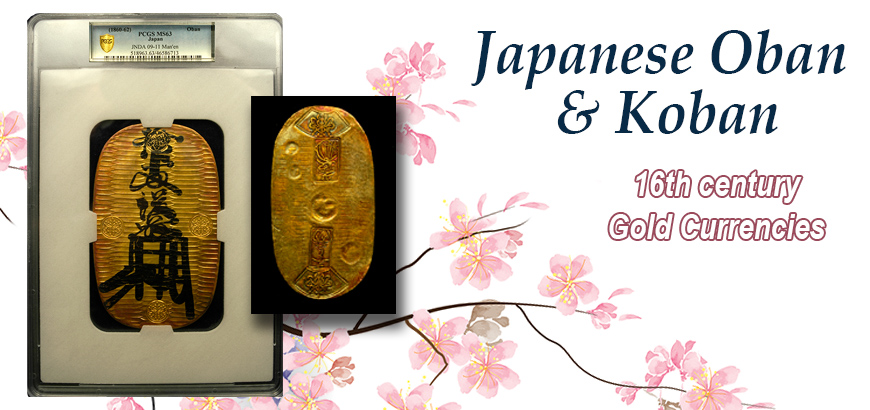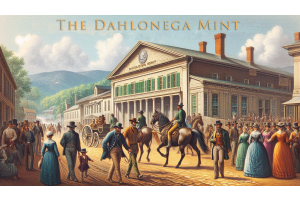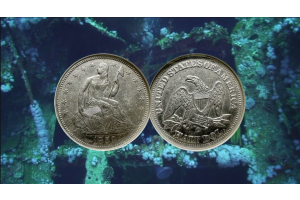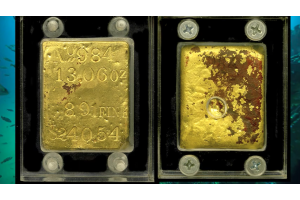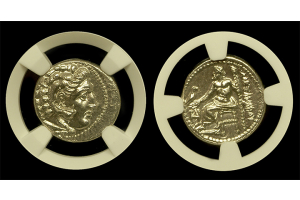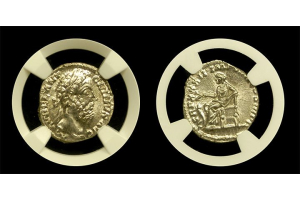Japanese Koban
- Posted: February 23, 2023Read more »
The introduction of Japanese Obans and Kobans during the Edo period had a profound impact on the country's economic and cultural history. These traditional gold currencies were visually stunning, with intricate designs and patterns. As a result, their composition made them both aesthetically pleasing and difficult to counterfeit.
Obans were the first of the two introduced in the second half of the 16th century. These were substantial rectangular-shaped currencies that were worth 10 Ryō, a weight unit used to measure gold and silver. The Oban was beautifully designed, often featuring images of samurai warriors or geishas. In fact, these designs were not just for decoration, but also served to prevent counterfeiting.
Koban was introduced
As Japan's economy grew, there was a need for smaller denominations of currency.




